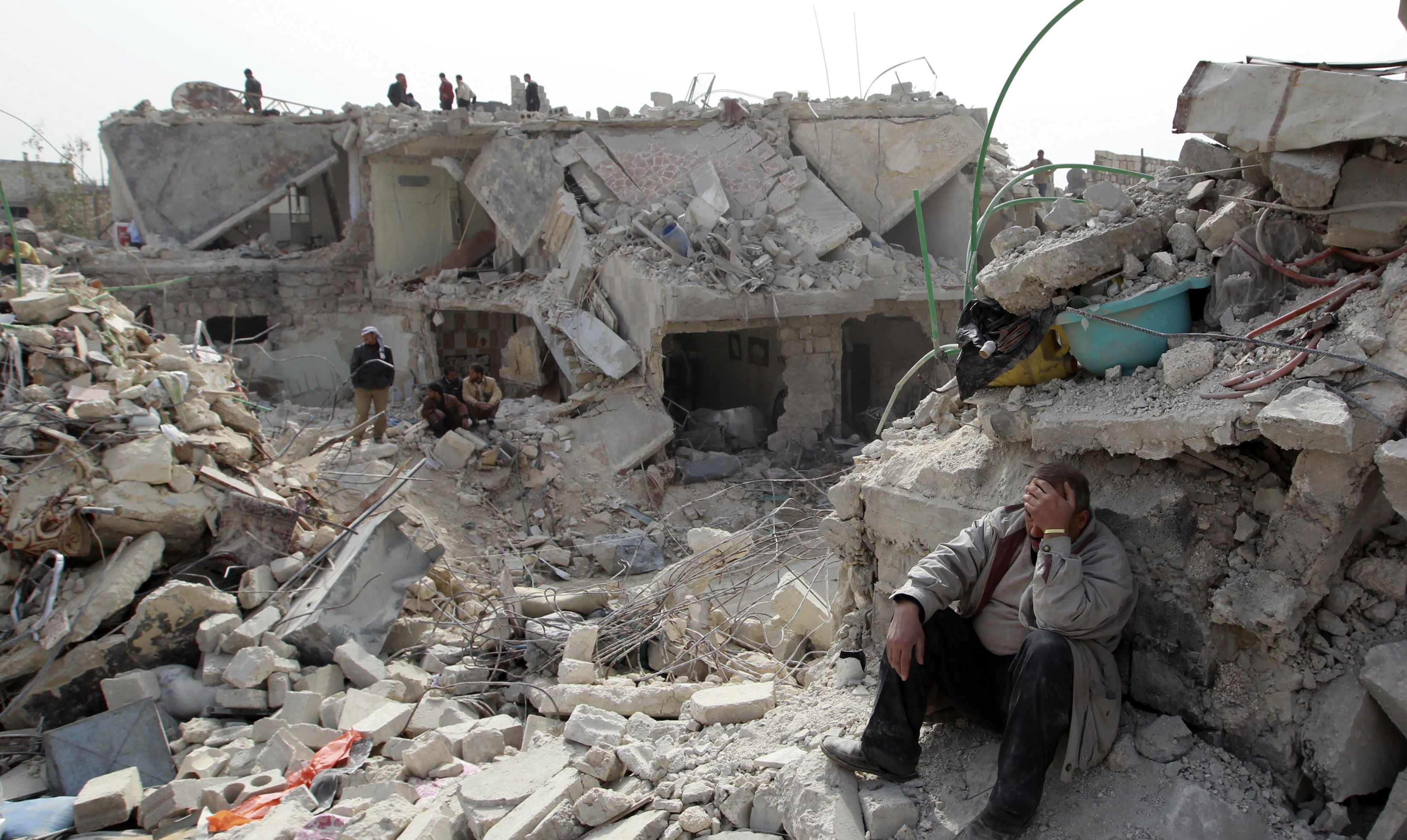On September 11th 2013, while Washington was engrossed by the prospect of a military strike in Syria, the SITE terrorism monitoring service released a tape of al-Qaeda leader Ayman al-Zawahiri calling for small-scale attacks on U.S. soil. Zawahiri encouraged jihadists to ”bleed America economically” and remarked that persistent strikes would beat down American morale: “Keeping the U.S. in a state of tension and anticipation only requires a few disparate attacks here and there.” With America’s gaze momentarily shifted towards Syria, the threat posed by al-Qaeda seemed to be an afterthought. Perhaps its a sign of progress – after all, the excited rhetoric surrounding Muslim extremism after 9/11 has fueled deeply flawed foreign policy decisions. In addition to initiating two wars which ravaged the countries of Iraq and Afghanistan, America has been crippled by fear, Islamophobia, economic strain, and the abuse of individual freedoms.
So what exactly is the threat of al-Qaeda as it stands today? The Obama administration has been persistent in its claim that the defeat of al-Qaeda is “within reach.” Peter Bergen, editor of the AfPak Channel and director of the New America Foundation’s National Security Studies Program, commented last October that he “feel[s] like a Sovietologist in 1989, and that’s a good feeling.” In his CNN column, he’s consistently pronounced that al-Qaeda is defeated. Will McCants, a research analyst at CNA, noted that even in states where al-Qaeda has its strongest physical presence, such as Yemen, Mali, and Somalia, its hold is “tenuous” and “slipping.”
But many experts and politicians argue that reports of al-Qaeda’s decline are greatly exaggerated. Former Rep. Lee Hamilton, the vice chairman of the 9/11 commission, testified to the Homeland Security Committee that though “al-Qaeda Central has been diminished… the threat is more complex and diverse than at any time in the last decade.” This sentiment was echoed in a Wall Street Journal report stating that “the rest of the group has morphed into smaller entities and dispersed, which has made the threat harder to predict and track.” Between a recent prison break in Iraq and Pakistan in July, various instances of small-scale attacks, and the overall strength of al-Qaeda in the Arabian Peninsula, reports suggests al-Qaeda is “currently experiencing something of a renaissance.”
Despite the U.S. government’s pacifying rhetoric, the scale of American anti-terror operations suggest that the threat is very real and very imminent. In August, Obama sanctioned a relentless campaign of drone strikes in Yemen, as well as the shutdown of diplomatic missions in 19 countries. After more than a decade of targeted killings and aggressive surveillance, the secretive nature of the drone program suggests a graver perception of threat than has been articulated by the administration. Politics aside, it is difficult to assess and target the threat of al-Qaeda; that said, it would be ill-conceived to equate the ambiguity of al-Qaeda’s status with its diminished importance in current affairs.
In Syria, there is a rising threat of militant Islamic extremists coming to power. The Syrian rebels fighting against the regime of Bashar al-Assad are split into around 1,000 fragmented cells, many of whom are allies of the United States; however, an alarming portion of the rebel population are “becoming significantly more radicalized and militarized,” the UN said earlier this year. According to the respected military consultancy IHS Jane’s, the Syrian opposition consists of around 100,000 rebel fighters, at least 10,000 of whom who are jihadists with strong links to al-Qaeda affiliates such as the Al-Nusra Front, the Islamic State in Iraq and the Levant (ISIL) groups. This past week, Islamic radicals took over the Syrian town of Azaz near the Turkish border, killing members of the Free Syrian Army. Members of these extremist groups have kidnapped journalists, carried out public floggings and executions of alleged sinners and traitors. Yet these groups are being supported by U.S. “intelligence and…secondhand light weapons like rifles and grenades.”
The enduring threat of terrorism should not excuse negligence towards the Syrian people. It should go without saying that the bloodshed of innocent civilians is more important than any political game. At the same time, Washington has an obligation to think critically about the long-term implications of its actions for both U.S. citizens and Syrians. Furthermore, the potentiality of this war to propagate religious extremism must not be a lingering afterthought. It should come as no surprise that religious civil wars are longer and bloodier than other types of clashes, and are also twice as likely to recur and twice as deadly to noncombatants. The future security of the United States and the well being of Syrians will be threatened should religious extremism gain further traction amidst the violent chaos.

RT @meankitteh1: This is an interesting write up. http://t.co/UBYE5ayWcz CC @BemetOr8 @RRISC @alimhaider
This is an interesting write up. http://t.co/UBYE5ayWcz CC @BemetOr8 @RRISC @alimhaider
Islamic Extremism and Syria: The Fog of War on Terror | Brown Political Review http://t.co/UBYE5ayWcz
#Islamic #Extremism and #Syria: The Fog of #War on #Terror | Brown Political Review http://t.co/2sq2ajo8Bn
This article is even more timely in stark in the face of the recent defection of 11 rebel groups from the FSA and SNC and their swearing of allegiance to Al-Qaeda-affiliated umbrella groups.
The situation now is even thornier for US interests, and a focus on helping the refugees outside of Syria rather than involving ourselves in internal conflicts between theocrats and dictators seems even more prudent.